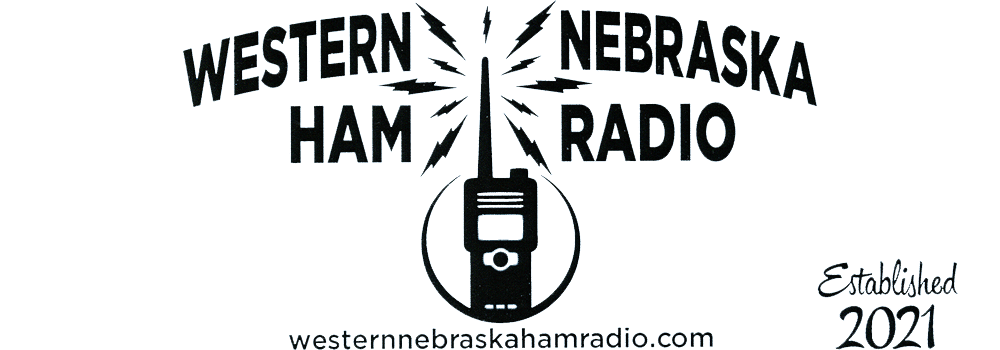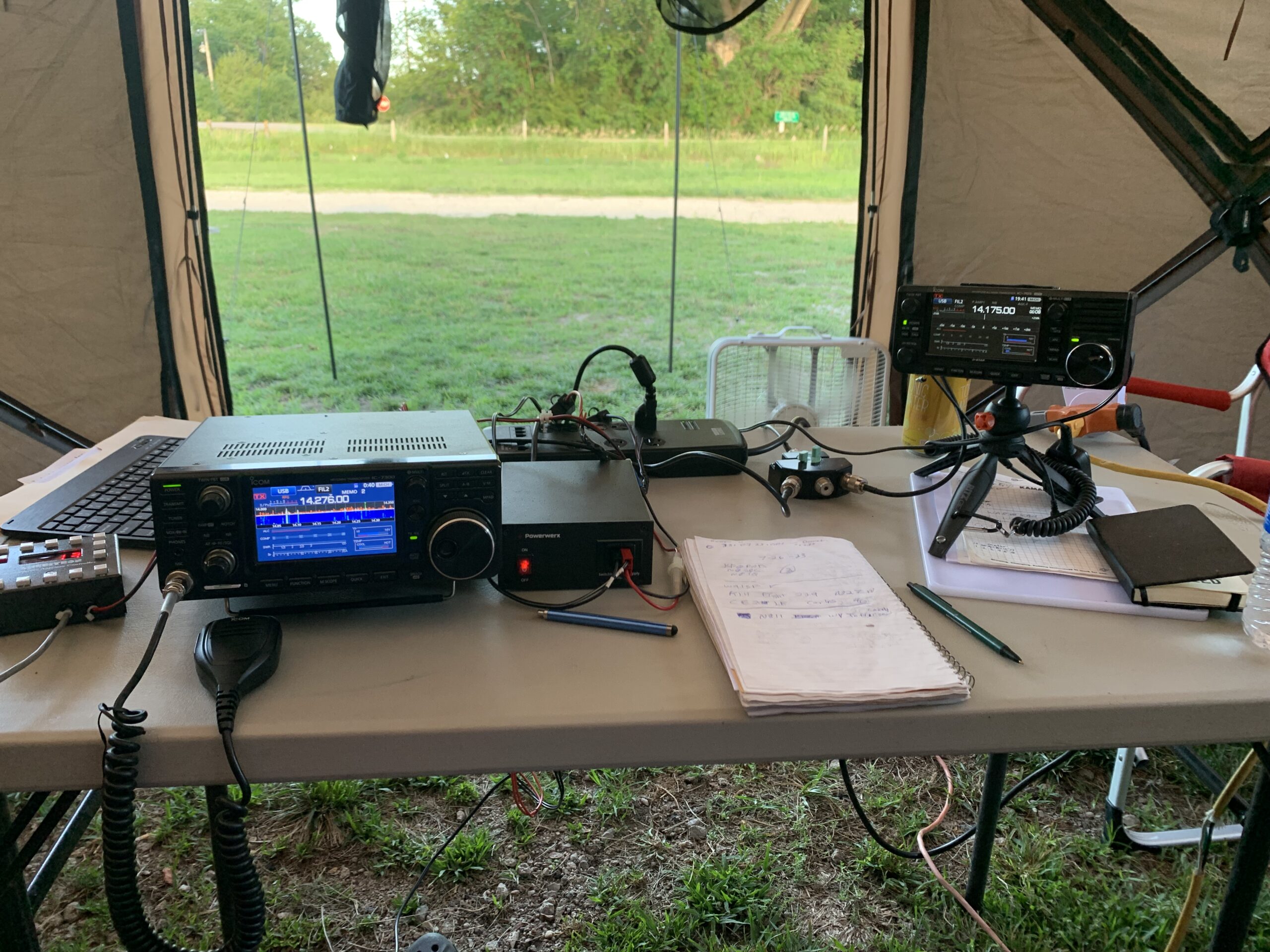This is the place to start and see if Amateur radio is for you. It has become the state of the art evolution of radio science and is still going strong from Morse code to satellite communications. If you have any questions, please comment at the end of this post.
Level One
All you need to get started is a TECHNICIAN license, and your cell phone to communicate around the world. No need to study Morse code like in years past. The new license fee that has been announced, but not yet implemented, will be $35 and your license will be good for 10 years ($3.50 a year.) Pretty cheap for any hobby.
Study materials like the ARRL study guides are available but not required. I used web sites like HamStudy.org and eHam.net. They and many others offer study testing to measure your progress. These two are my preferred choices, but there are many found on a search engine. Pick the one that is comfortable to you. Now you can download a system called Echolink and talk worldwide. You also are now allowed limited access to HF (high frequency; used HF equipment can be found for about $500) which is mostly voice, also Morse code with a variety of internet systems like the popular FT-8 keyboard to keyboard communications. Now is the time you might consider joining the arrl,org the governing organization chosen by the FCC to oversee testing, contesting, as well as many other facets of radio. Check it out. I joined and read the magazines that come with membership.
Level Two
Next involves purchasing radio equipment. If you’re thinking you have to spend thousands of dollars $$$$$, the answer is NO. There is the used market for low cost or even a new popular 2 meter 70cm hand held is available for less than $50. I have heard reports of $30 shipped for new. This opens up simplex (radio to radio) and repeater which takes limited range and retransmits to a longer range. We have group meetings on 2 meters open to anyone and not a club, which usually requires dues. You can do Morse code, still very popular and very low cost. If you have a soldering iron you can assemble your own transmitter/receiver and a key. Kits are available online for $20 plus the cost of the key. Free courses are on the internet as well.
Level Three
Now it’s time to move up the knowledge ladder with a GENERAL license. This opens up much more but still limited access to all bands. A very sweet spot to be. No more equipment to buy.
Level Four
Now you have hit it out of the park when you have an AMATEUR EXTRA license which gives access to everything Amateur radio has to offer.
How far you go and which direction you go is all up to you. Yes you can spend a lot of money but that is up to you. Ages from 8 to 100+, many different languages and cultures become quite interesting to experience as you talk to different people around the world.
I got my first license at 70 and passed the AMATEUR EXTRA 9 months later, so you can teach old dogs new tricks.You are not left on your own as I will help you to get the right answer. I’m looking forward to meeting you and 73s.
Rick KF0FND



6 Comments
L20
Very interesting. Thanks so much for the information!
Debgregg1
Sounds like a fun hobby! Great way to get in touch with new people all over.
G1
Rick – Your link (and it isn’t a link, just text) to this site on QRZ has a typo in it, so it doesn’t work.
KF0FND
Thanks! Fixed it and it works now.
Mark Skinner
Rick, I know you referenced it, but maybe link to the ARRL.ORG website in here somewhere (and maybe it is and I’m missing it). As political as the organization may be at times, their website does have a lot of useful information regarding amateur radio. – KAØVNV
KF0FND
I will make a link to it.
Thanks.